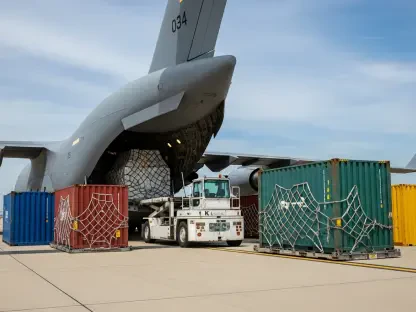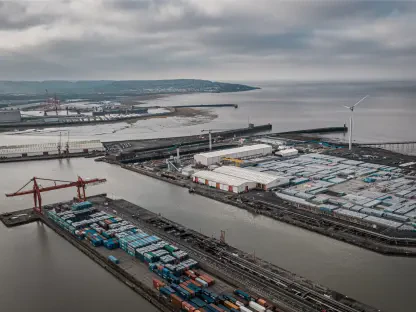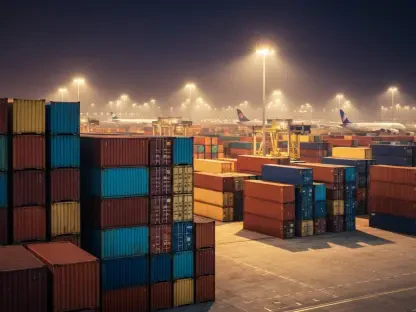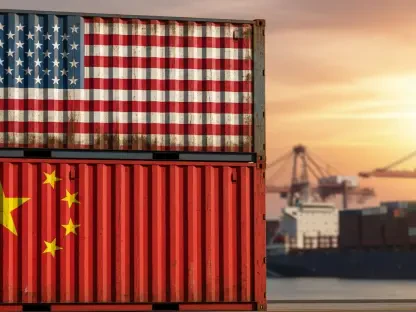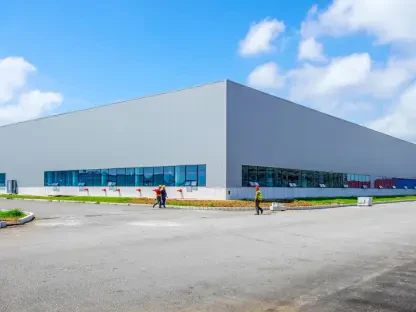Short introduction Meet Rohit Laila, a veteran in the logistics industry with decades of experience spanning supply chain management and delivery. With a deep passion for technology and innovation, Rohit has been at the forefront of transforming how fresh produce logistics are handled. Today, we dive into his insights on a groundbreaking solution called ProFresh, designed to tackle the unique challenges of food waste and inefficiencies in warehouse operations for the food and beverage sector. From visual identification tools to real-time stock visibility, Rohit shares how this technology is reshaping the industry.
How did the idea for ProFresh come about, and what specific gaps in the food and beverage industry were you aiming to address?
The inspiration for ProFresh stemmed from seeing firsthand the struggles warehouses faced with fresh produce. Items often arrive unlabelled, quantities are unpredictable, and the fast-paced nature of the industry leaves little room for error. We noticed that food and beverage companies were losing time and money due to manual processes and food waste. Customers shared stories of delayed orders and mismatched stock, which hurt their bottom line and reputation. We wanted to create a tool that could streamline identification and processing while reducing waste—a solution tailored to the chaotic reality of handling fresh goods.
What sets ProFresh apart from traditional warehouse management or resource planning systems when it comes to fresh produce?
Traditional systems are often rigid and built for standardized goods with barcodes and predictable inventory. Fresh produce, however, is a different beast—unlabelled items, inconsistent quantities, and short shelf lives create chaos. These systems just can’t keep up. ProFresh is designed specifically for this unpredictability. It offers flexibility, like visual identification and unit conversions, that directly address these pain points. It’s not just a patch on an existing system; it’s a purpose-built solution that understands the fresh food game.
Can you walk us through how ProFresh’s visual identification feature works in a warehouse setting?
Absolutely. Instead of relying on handheld scanners that need barcodes—which fresh produce often lacks—ProFresh uses tablets or touch screens for visual identification. Workers can pull up images and descriptions of items, like different varieties of greens or mushrooms, right on the device. They match what’s in front of them to the system’s database in seconds. This cuts out the guesswork and reduces the need for highly specialized staff to identify every item manually, making the process faster and more accurate.
How does ProFresh’s ability to handle various units of measure, like kilos or bunches, improve day-to-day warehouse operations?
Handling different units is a huge hurdle in fresh produce logistics. With ProFresh, workers can convert units on-screen—say, from kilos to punnets—without manual calculations. This simplifies tasks like receiving goods in one unit and shipping them in another to meet customer needs. It boosts stock accuracy by minimizing human error and ensures customers get exactly what they ordered. The result is smoother operations and happier clients who trust that their orders are correct.
What role does mobile printing for on-demand labels play in enhancing efficiency within a warehouse?
Mobile printing is a game-changer for speed and precision. Workers can print labels right at the point of picking or sorting using portable devices, rather than running back to a central station. For example, if they’re picking a batch of berries, they can instantly label the container with the correct details and move on. This cuts down on delays and reduces errors in allocation since labels are generated in real time. It streamlines the entire process from picking to shipping.
How does ProFresh give businesses better visibility into excess stock, and why does that matter?
ProFresh provides real-time insights into stock levels, showing exactly where excess lies. Businesses can see detailed reports on what’s overstocked or nearing expiry, which helps them make quick decisions—like discounting items or redirecting them before they spoil. This visibility is critical because it slashes food waste, a major cost in this industry, and improves profit margins. It also builds trust with customers by ensuring only fresh, accurate orders go out the door.
What are some of the unique challenges in managing fresh produce compared to other types of goods?
Fresh produce is unlike any other inventory. It’s perishable, so time is always against you—items can spoil in days or even hours. Many goods arrive without labels straight from farms, requiring manual identification. Quantities are often inconsistent, and customer demands shift rapidly. Unlike, say, canned goods or electronics, you can’t just store produce indefinitely. These factors demand a level of speed and adaptability that standard logistics systems aren’t equipped for, which is why specialized tools like ProFresh are so vital.
How does ProFresh adapt to the fast-paced, ever-changing nature of fresh food logistics?
ProFresh is built for agility. Its features—like visual ID, mobile printing, and real-time stock updates—allow warehouses to respond instantly to changes, whether it’s a sudden order spike or an unexpected delivery shortfall. It eliminates slow, manual processes by digitizing and automating key tasks. This means businesses can pivot quickly without sacrificing accuracy or efficiency, keeping up with the breakneck speed of fresh food supply chains while still delivering on customer expectations.
What is your forecast for the future of technology in fresh produce logistics?
I see technology becoming even more integral to fresh produce logistics in the coming years. We’re likely to witness greater adoption of AI and machine learning to predict demand and optimize stock levels with pinpoint accuracy. Automation will play a bigger role in sorting and packing, further reducing human error. Solutions like ProFresh are just the beginning—I believe we’ll see more tailored tools that integrate seamlessly with broader supply chain ecosystems, driving down waste and costs while boosting transparency. It’s an exciting time for the industry as tech continues to solve these complex challenges.



